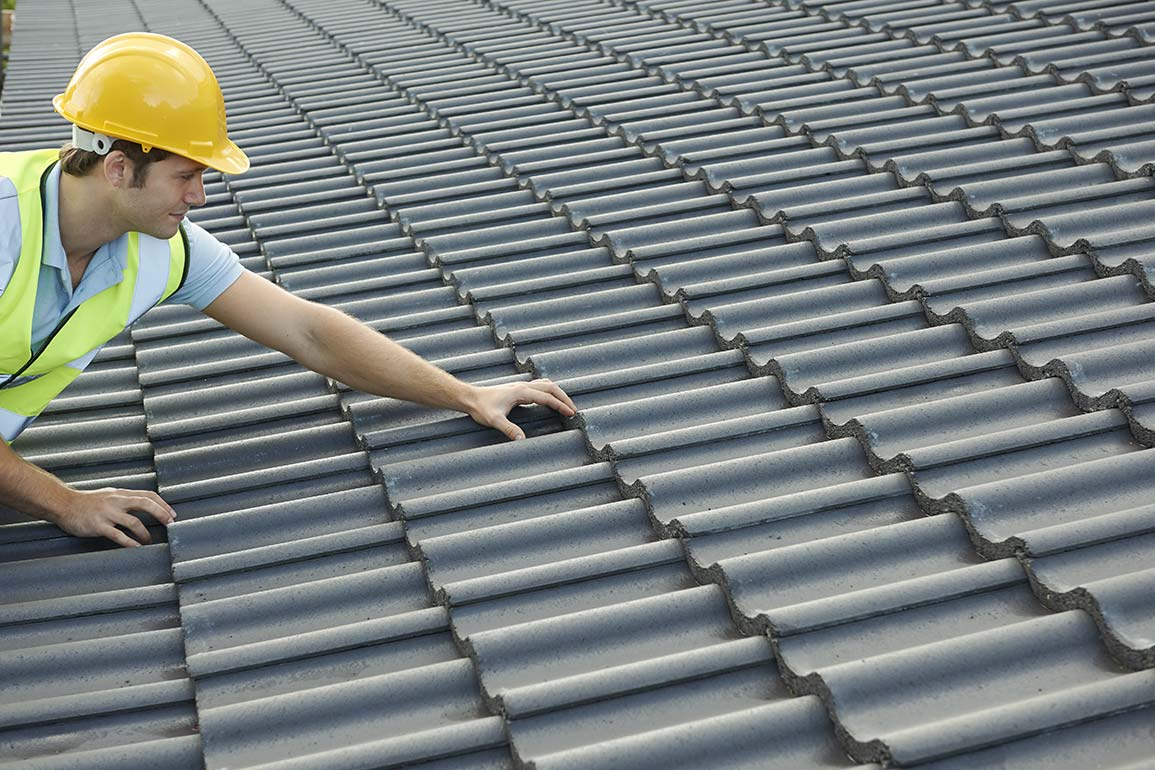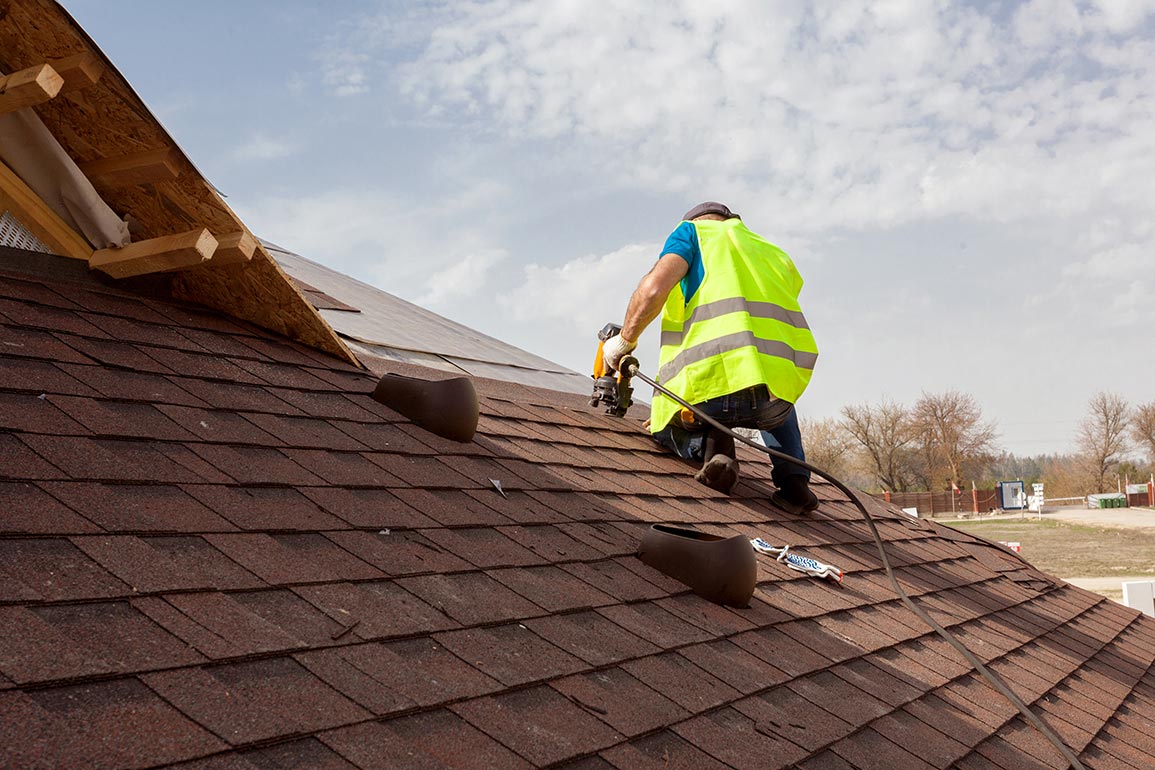We Will Carry Out A Professional Roof Survey For Your Property

A roof is designed to protect your home against the elements. Any weaknesses in this barrier can damage the structure of the building. But how much attention do we actually pay to our roof? Only an obvious issue (eg a leak after a period of heavy rain) will prompt most of us to act.
Therefore, it may only occur to you to get a full roof inspection when buying or selling a house. And after getting a new roof installed, you may assume that all the relevant work has been done by the roofing company. But is this always the case?
How important is it to inspect a new roof?
Even the best professional roof installation companies can make small errors, and within such an important structure these can soon become big problems. The best way to check the structural integrity and make sure all work has been completed as planned - is to book a roof inspection.
Although it is an extra expense, it is worth the investment – as it can save you money in the long run. Should there be any issues found, these can then be corrected while your roof is still under warranty. And you will keep your insurance company happy too – as they usually require proof of any inspections or repairs carried out. This shows them that you are doing everything you can to protect the structure against the damages that they are covering.
So, what will these eagle-eyed inspectors be looking for?
The ideal/easiest place to start a roof inspection is inside (during daylight hours obviously).
Things to look for in the interior include:
- Any visible areas of sunlight: This would suggest obvious gaps in the structure.
- Mould or damp patches: Would mean that water has been getting through the roof barriers.
- Dripping water/leaks near the chimney and vents: Suggests that water is currently penetrating the roof barriers, particularly at the vulnerable areas where structure joins structure.
- Cracks or sagging in the roof decking/sheathing: These strong, thin wooden boards are fixed to the joists and trusses. If these get wet – rot may set in and damage the structure.
- Check vents: the ventilation of a roof is important because it deals with the excess moisture and condensation created by your home. Apparently the average household creates about 15 litres of moisture – EVERY day. This is generated by:
- The occupants of the house: having showers/baths, drying clothing and cooking. Open windows or install extractor fans to limit this moisture.
- Weather: Rain or very high humidity.
- New-build houses: building materials in new houses can take up to two years to completely dry out. To assist with this drying out – the roof will need adequate ventilation to allow the moisture to escape.
Things to look for in the interior include:
- Cracks, breaks or missing shingles: It is important to keep an eye on minor damage so that it doesn’t become a larger issue. Missing or damaged shingles will mean that the roof barrier has been compromised and water can now get in. They will need repairing as soon as possible.
- Gutters or pipes that are clogged or damaged: If your gutters are clogged/damaged then the water cannot drain away during heavy rain. Instead, it will collect on the roof and may drip through the ceiling – causing damp and rot. Gutters will need to be cleared regularly to prevent this happening.
- Chimney cracks: Minor cracks can usually be repaired with a waterproof coating. Large cracks may need tuckpointing – this process involves removing old mortar and replacing it with new mortar.
- Missing or worn sealant/caulk: This will hinder the roof’s waterproofing efforts and allow water/moisture in.
- Rot/warping: Rotten roofing is water-damaged and will need to be replaced – depending on the extent of the damage you can either remove a section or in extreme cases replace the entire roof.
Warping is more serious and can be caused by age, flaws in the design, poor/incorrectly sized materials or installation, excess weight or water damage. If your roof is suffering from warping – you may need a new one.



